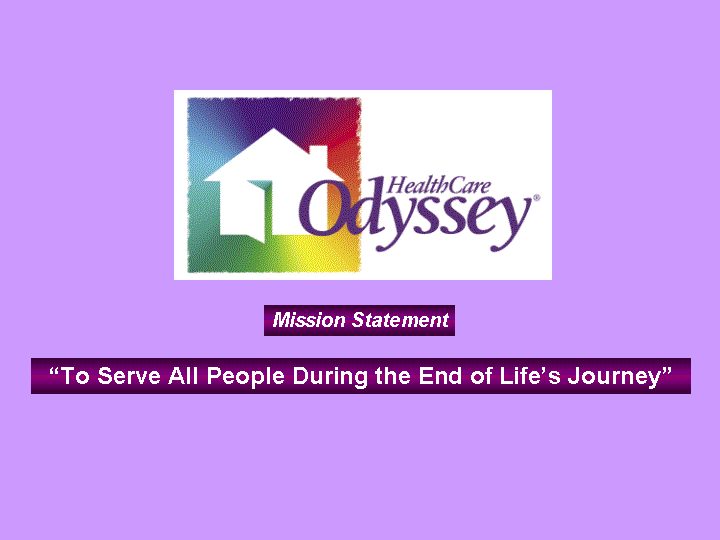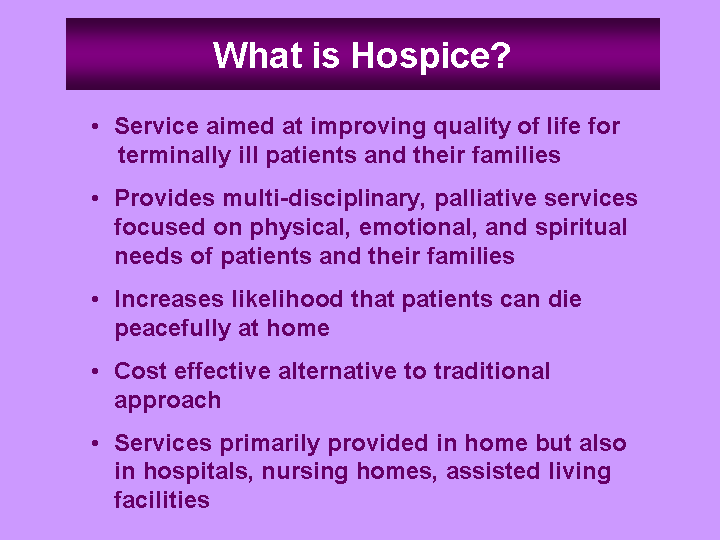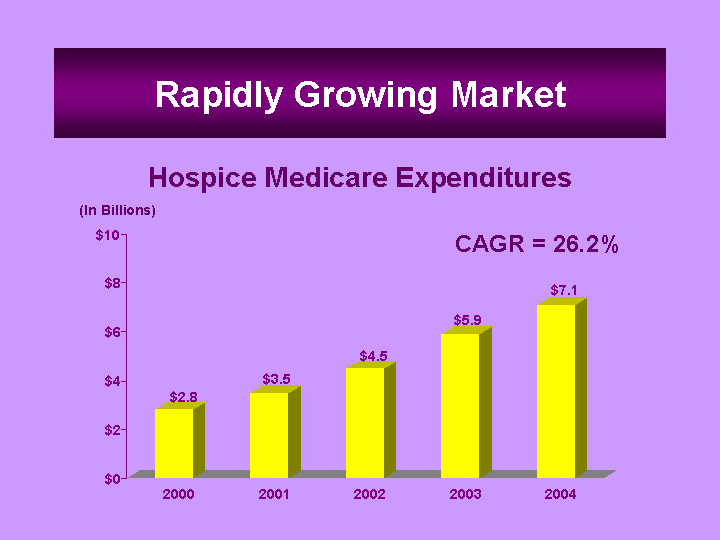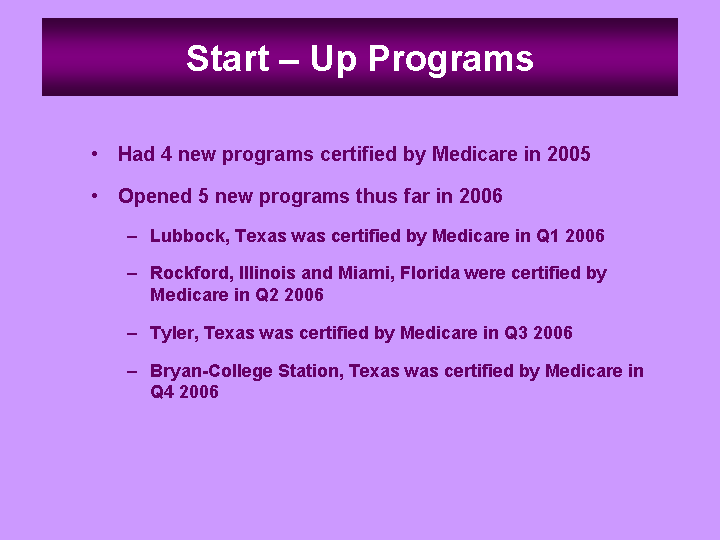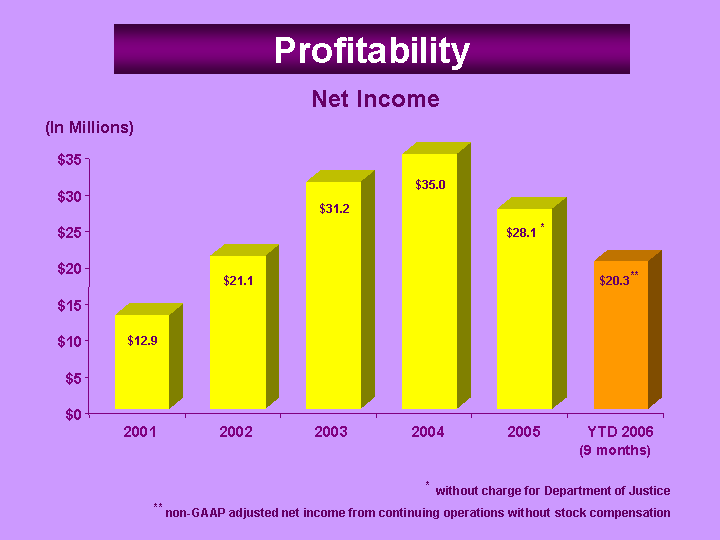Free signup for more
- Track your favorite companies
- Receive email alerts for new filings
- Personalized dashboard of news and more
- Access all data and search results
Filing tables
ODSY similar filings
- 30 Jan 07 Results of Operations and Financial Condition
- 5 Jan 07 Termination of a Material Definitive Agreement
- 22 Dec 06 Odyssey Healthcare Names New Board Member
- 30 Nov 06 Regulation FD Disclosure
- 21 Nov 06 Odyssey Healthcare Announces $10 Million Stock Repurchase Program
- 1 Nov 06 Regulation FD Disclosure
- 31 Oct 06 Entry into a Material Definitive Agreement
Filing view
External links
